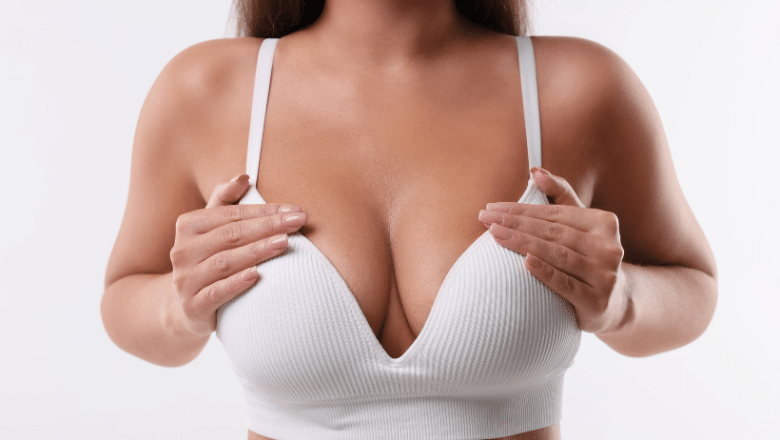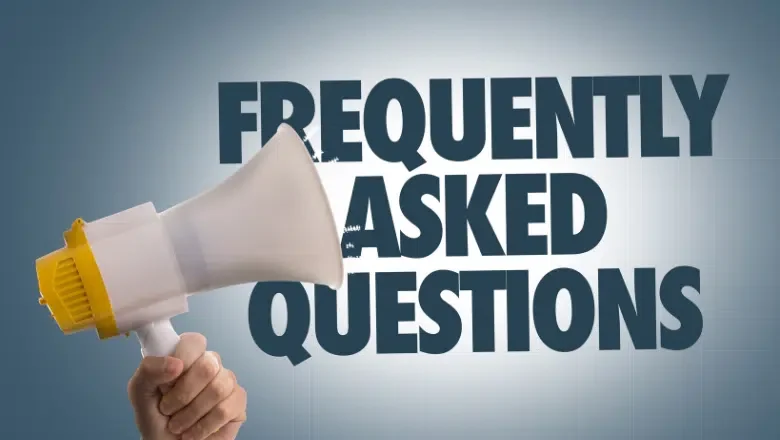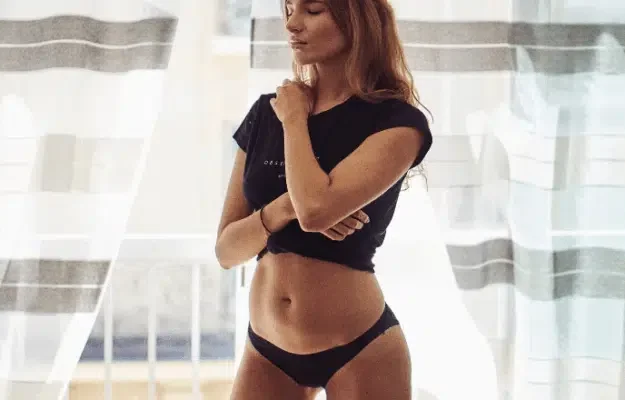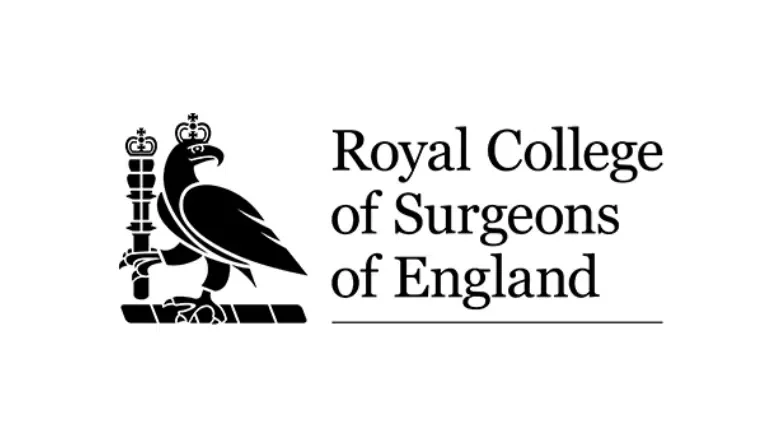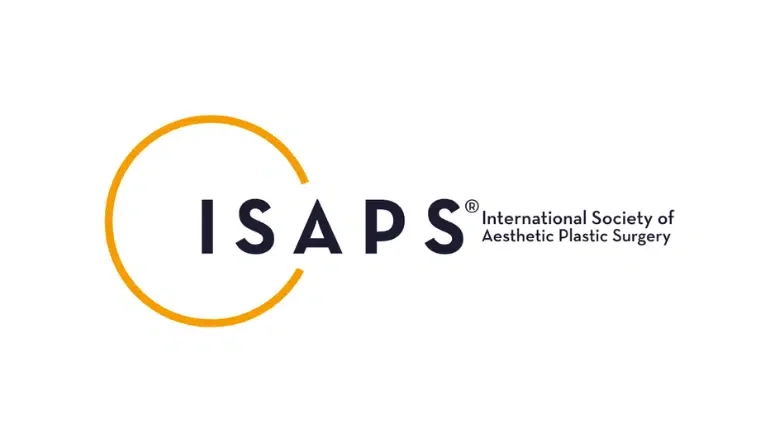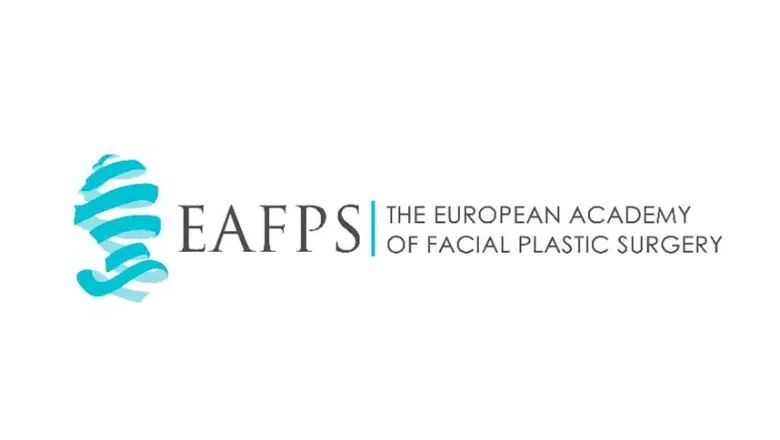Addressing Breast Unevenness with Fat Transfer: A Natural Solution
Many women experience differences in the size, shape, or positioning of their breasts, a condition known as breast asymmetry. While it’s normal for there to be some variance between the breasts, a significant disparity can pose challenges, particularly when it comes to how clothes fit, including the struggle to find bras and swimwear that are both comfortable and fit well. The causes of breast asymmetry are varied, encompassing natural growth differences, alterations following pregnancy and breastfeeding, and the aftermath of certain medical conditions or surgical interventions. The extent of these differences can be minor or quite pronounced, impacting each person in a unique way.
RELATED: How To Fix Uneven Breasts – Surgical Solutions for Breast Asymmetry
One increasingly popular method for addressing breast asymmetry is through a procedure known as fat transfer, fat grafting, or lipofilling. This technique involves harvesting fat from areas of the body where it is plentiful, such as the abdomen or thighs, and then injecting it into the breasts to correct the imbalance. What makes fat transfer particularly appealing is its twofold advantage: it not only helps sculpt the body by removing excess fat from unwanted areas but also enhances the breasts’ appearance in a natural way, without the need for synthetic implants.
Experts at Centre for Surgery provide in-depth insights into how fat transfer can be an effective solution for correcting breast asymmetry. This approach is celebrated for its ability to create more symmetrical breasts using the body’s own resources, thereby offering a more natural look and feel. It represents a sophisticated blend of body contouring and breast enhancement, tailored to each individual’s unique circumstances and aesthetic goals.
Breast Asymmetry Correction Through Fat Transfer
Correcting breast asymmetry with fat transfer to the breasts is a meticulous process that involves several key stages. Understanding these stages can empower individuals to make informed decisions and approach their procedure and recovery with confidence. Here’s an in-depth look at the entire process from the initial preparation to recovery, highlighting what patients can expect at each step.
Pre-Procedure Preparation: Ensuring Optimal Outcomes
Preparing for your fat transfer is paramount for a smooth procedure and recovery. In the lead-up to your surgery, you will receive guidance on:
Nutritional Guidelines
Adopting a balanced diet is recommended to bolster your body’s healing capabilities. The surgeon may recommend specific supplements to support your recovery.
Medication Adjustments
It’s critical to review and possibly alter your intake of medications or supplements that could heighten the risk of bleeding, following the surgeon’s advice.
Organising Support
Arranging for transportation home after the procedure and securing assistance during the initial days of recovery will ensure a stress-free healing process.
Breast Fat Transfer Procedure
The day of the procedure encompasses several key steps:
Anesthesia Application
Depending on the procedure’s complexity, local anaesthesia with sedation or general anaesthesia will be administered.
Fat Harvesting
Through small incisions, fat is extracted from predetermined areas (like the abdomen or thighs) using liposuction techniques. This step is crucial for gathering the fat needed for the transfer.
Fat Processing
The extracted fat undergoes purification to sift out impurities, leaving only healthy, viable fat cells ready for injection.
Strategic Injection
The purified fat is meticulously injected into the breasts. This step is performed with precision to ensure a natural appearance and feel, with a focus on creating symmetry.
Recovery after Surgery
The recovery phase is vital for healing and adjusting to the newly transferred fat:
Immediate Care
After the procedure, expect to experience soreness and swelling at the liposuction and injection sites. Wearing compression garments may be advised to aid the healing process.
Pain Management
Prescription pain medication will help manage any discomfort during the early stages of recovery.
Activity Limitations
Guidance on which activities to avoid and for how long will be provided, ensuring the transferred fat cells integrate successfully.
Gradual Return to Normalcy
You’ll be able to slowly resume everyday activities, with the timeline for full recovery varying individually.
Advantages and Disadvantages of Fat Transfer for Breast Asymmetry
Opting for fat transfer as a method to correct breast asymmetry provides a less invasive alternative compared to traditional breast augmentation techniques. However, like any surgical procedure, it carries certain risks and benefits that should be carefully considered.
RELATED: Pros and Cons of Breast Augmentation with Fat Transfer
Benefits
Despite the risks, many choose fat transfer for breast asymmetry correction for its numerous advantages:
Natural Results
The use of one’s own fat for augmentation ensures results that feel and look natural, offering an integration with the body’s contours that synthetic implants cannot replicate.
Enhanced Body Contour
This procedure not only corrects breast asymmetry but also enhances the overall body contour. By removing fat from undesired areas and using it to augment the breasts, patients benefit from a dual improvement in their body’s shape and proportions.
Minimal Scarring
Fat transfer requires smaller incisions compared to traditional breast augmentation methods, leading to less noticeable scarring.
Lower Risk of Rejection
Given that the procedure utilises the patient’s own tissue, the likelihood of an adverse reaction is significantly reduced compared to the use of foreign materials, such as implants.
Risks
The procedure, though generally safe, does come with potential complications that patients must be aware of:
Infection and Bleeding
Any surgical intervention carries a risk of infection at the sites of injection or liposuction. While bleeding is less common, it can still occur and might necessitate medical intervention.
Asymmetry and Contour Irregularities
One of the main objectives of this procedure is to achieve symmetry. However, there’s always a risk that the fat might not be absorbed evenly, leading to new or exacerbated asymmetries or irregularities in contour.
Fat Necrosis
This refers to a scenario where transferred fat cells fail to survive in their new location, potentially leading to calcification and the formation of painful lumps.
Oil Cyst Formation
The breakdown of dead fat cells can result in oil cysts, which may need to be drained if they become problematic.
Anaesthesia Complications
Although rare, there is a risk of adverse reactions to anaesthesia, which can present significant risks during the procedure.
FAQs about Correcting Breast Asymmetry with Fat Transfer
How do my lifestyle choices affect the success of my fat transfer to the breasts?
Your lifestyle plays a critical role in the success and longevity of your fat transfer results. After the procedure, your body initiates a vital process to nourish the transferred fat cells with a blood supply, enabling them to survive and integrate into their new environment. The stability of your weight, the quality of your diet, and your hydration levels are all fundamental factors in this process. Fluctuations in weight can significantly alter the appearance of the transferred fat, for better or worse. Adopting a nutritious diet aids the body’s healing and helps maintain the enhancements made by the fat transfer. Engaging in regular physical activity, once you have fully recovered and with your surgeon’s go-ahead, is beneficial for keeping a consistent weight and improving blood circulation, all of which contribute to the optimal appearance and durability of your results.
Why is it so important to keep my weight stable after having fat transferred?
Maintaining a stable weight after undergoing a fat transfer procedure is crucial, as significant weight fluctuations can directly impact the volume and aesthetics of the transferred fat. If you gain weight, the fat cells that have been transferred can expand, potentially distorting the carefully sculpted contour and symmetry your surgeon achieved. On the other hand, losing weight may cause a reduction in volume, effectively diminishing the visual results of your procedure. That’s why it’s highly recommended to lead a lifestyle that promotes weight stability, ensuring the longevity and success of your fat transfer.
What diet should I follow after my fat transfer procedure to enhance the results?
After your fat transfer, focusing on a diet rich in vitamins, minerals, and antioxidants is crucial for supporting your body’s healing process and maintaining the procedure’s outcomes. Aim to eat a varied diet that includes plenty of fruits, vegetables, lean proteins, and whole grains. These foods are packed with essential nutrients for skin health and can help sustain the transferred fat, promoting overall well-being. Drinking plenty of water is also crucial, as staying hydrated helps maintain skin elasticity and supports general health, both of which are important for enhancing the results of your fat transfer.
When is it safe to start exercising after my fat transfer, and what should I avoid?
The timeline for resuming exercise after a fat transfer varies from person to person, depending on individual healing. Generally, you might be able to start light activities a few weeks post-surgery. Still, it’s essential to avoid any strenuous exercises, particularly those affecting the treated area, until your surgeon gives you the all-clear. The primary aim during your recovery is to maintain a stable weight and foster good circulation without adversely affecting the healing process of the transferred fat. Your surgeon will provide tailored advice on when and how to safely incorporate physical activities back into your routine.
How do smoking and drinking alcohol impact the results of a fat transfer?
Smoking and excessive alcohol consumption can have adverse effects on the outcome of a fat transfer procedure. Smoking, in particular, is detrimental as it restricts blood flow, which is crucial for the healing process and the viability of the transferred fat cells. This can lead to slower recovery times, increased risk of complications, and potentially unsatisfactory results. Likewise, drinking too much alcohol can hinder the body’s healing capabilities and lead to dehydration, negatively impacting skin health and the overall appearance of the fat transfer. For the best possible outcomes, you should avoid smoking and moderate your alcohol intake during the recovery period and beyond.
Breast Asymmetry Correction with Fat Transfer: Why Choose Centre for Surgery?
At Centre for Surgery, we specialise in providing cutting-edge solutions for those seeking to correct breast asymmetry through fat transfer, ensuring natural and aesthetically pleasing results. Our approach combines state-of-the-art techniques with a deep understanding of our patients’ individual needs, setting us apart as a leading choice for cosmetic surgery in the UK.
Expertise and Personalised Care
Our team of highly skilled surgeons possesses extensive experience in the field of fat transfer procedures, ensuring that every treatment plan is tailored to meet the unique goals and concerns of each patient. We pride ourselves on our commitment to excellence, safety, and patient satisfaction, offering a supportive environment from consultation through to recovery.
State-of-the-Art Facilities
Centre for Surgery operates from our modern clinic located on Baker Street, London, equipped with the latest in medical technology. This enables us to offer the highest standard of care in a comfortable and welcoming setting, ensuring your experience with us is as smooth and effective as possible.
Comprehensive Support
Understanding that surgery can be a significant decision, we provide extensive pre- and post-operative care. Our dedicated team is available to answer any questions and offer guidance throughout your journey with us, ensuring you feel informed and confident every step of the way.
Patient Testimonials
“I had my breast asymmetry corrected at Centre for Surgery, and the results have been life-changing. The team was incredibly supportive, and my surgeon took the time to understand my needs fully. I felt cared for throughout the entire process.” – Emily R.
“From my first consultation, I knew I was in safe hands. The professionalism and attention to detail at Centre for Surgery are unmatched. My recovery was smooth, and I’m delighted with my natural-looking results.” – Sarah L.
“Choosing Centre for Surgery for my fat transfer was the best decision I ever made. The difference in how I feel and look is incredible. A big thank you to the entire team for their exceptional care and expertise.” – Olivia G.
Book Your Consultation
To discover how we can help you achieve your aesthetic goals with breast asymmetry correction through fat transfer, we invite you to book a consultation with one of our expert surgeons. Contact us today at:
📞 Phone: 0207 993 4849
📧 Email: contact@centreforsurgery.com
📍 Address: 95-97 Baker Street, London W1U 6RN
For more information about Centre for Surgery, our team, and how we can assist you, please visit our About Us page.
Finance Options
We understand that surgery is a significant investment. That’s why we offer a range of finance options, including 0% APR with Chrysalis Finance, to help make your treatment more affordable. Learn more about our finance options here.
Discover More
Interested in learning more about cosmetic surgery and our services? Visit our plastic surgery blog for insightful articles and guides. For answers to common questions about cosmetic surgery, our procedures, and patient care, please explore our Clinic FAQs.
Visit Our Baker Street Clinic
For details on how to find us and more about our Baker Street clinic, please visit the following link: Baker Street Clinic Information.
At Centre for Surgery, we’re dedicated to providing you with the highest level of care and the best possible outcomes. We look forward to being a part of your journey to a more confident and balanced you.
